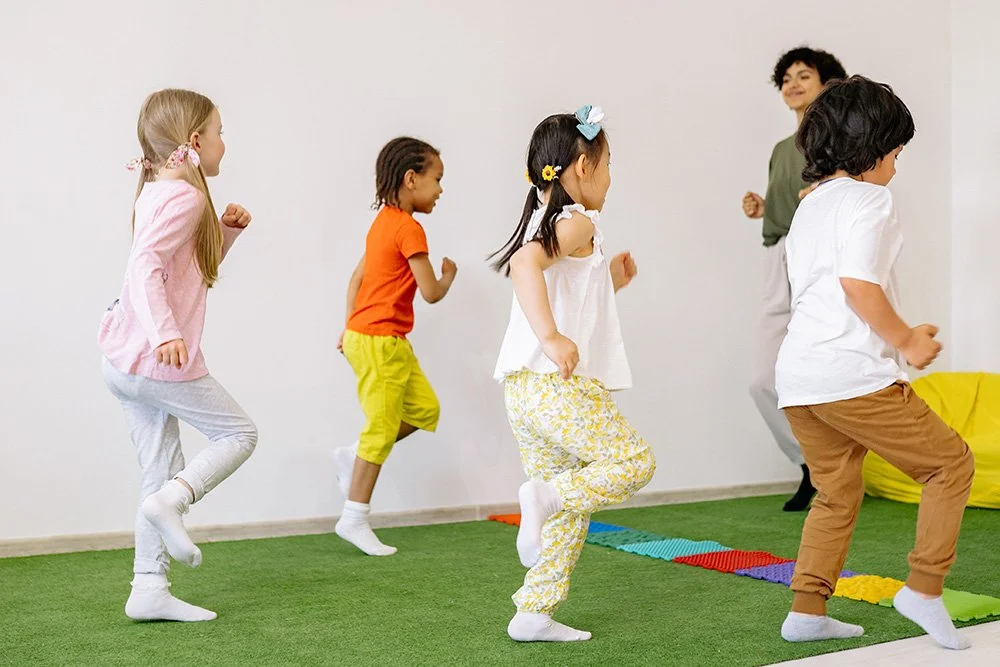Teaching Dynamics in Elementary Music
Exploring Dynamics in Music: A Fun Guide for Elementary Students
Teaching music dynamics to elementary school students can be an exciting journey into the world of sound. Dynamics, the variations in loudness and softness in music, are essential for expressing emotions and creating interest in musical pieces. Here’s a guide to help you introduce this concept in an engaging way.
What Are Dynamics?
Start by explaining that dynamics in music refer to how loud or soft a piece of music is. Use simple terms and relatable examples. Play and sing music at different volumes to see how that impacts the feel of the songs.
Using Visuals
Visual aids can make learning about dynamics more engaging. Create a dynamic chart with colorful illustrations representing different dynamics. Use symbols or images that resonate with kids, like a whispering child for piano (quiet) and a roaring lion for forte (loud). Display this chart prominently in your classroom.
Interactive Activities
1. Sound Exploration:
Play various musical pieces and ask students to identify sections that are loud or soft. Encourage them to use their bodies to show dynamics—clapping softly for piano and loudly for forte.
2. Dynamics Charades:
Have students take turns acting out different dynamics. They can use their voices and movements to represent loudness and softness. This not only reinforces their understanding but also encourages creativity and confidence.
3. Instrument Demonstration:
Use instruments like a piano or xylophone to showcase dynamics. Play a note softly and then loudly, asking students to describe the differences they hear. If available, let them take turns playing.
Incorporating Movement
Music and movement go hand in hand. Teach a simple song that includes dynamics, and encourage students to move differently based on the dynamics. For instance, they can sway gently during soft parts and jump or stomp during loud sections. This kinesthetic approach helps solidify their understanding of the concept.
Creating Dynamic Compositions
Encourage students to create their own short musical pieces, focusing on using dynamics. They can compose a simple melody and decide where to add soft and loud sections. If you have instruments available, they can perform their compositions for the class, showcasing their understanding of dynamics.
Reflecting and Sharing
After activities, hold a reflection session where students can share their thoughts. Ask questions like:
How did it feel to play softly versus loudly?
Which dynamic do you like best and why?
This not only reinforces learning but also promotes communication and critical thinking.
Conclusion
By integrating visuals, movement, and interactive activities, teaching dynamics in music can become a lively and memorable experience for elementary students. As they explore the contrasts between loud and soft sounds, they'll develop a deeper appreciation for music and its expressive power. For more resources and lesson plans on dynamics and other musical concepts, check out our Elementary Music Curriculum!
Let’s make music fun and dynamic!

